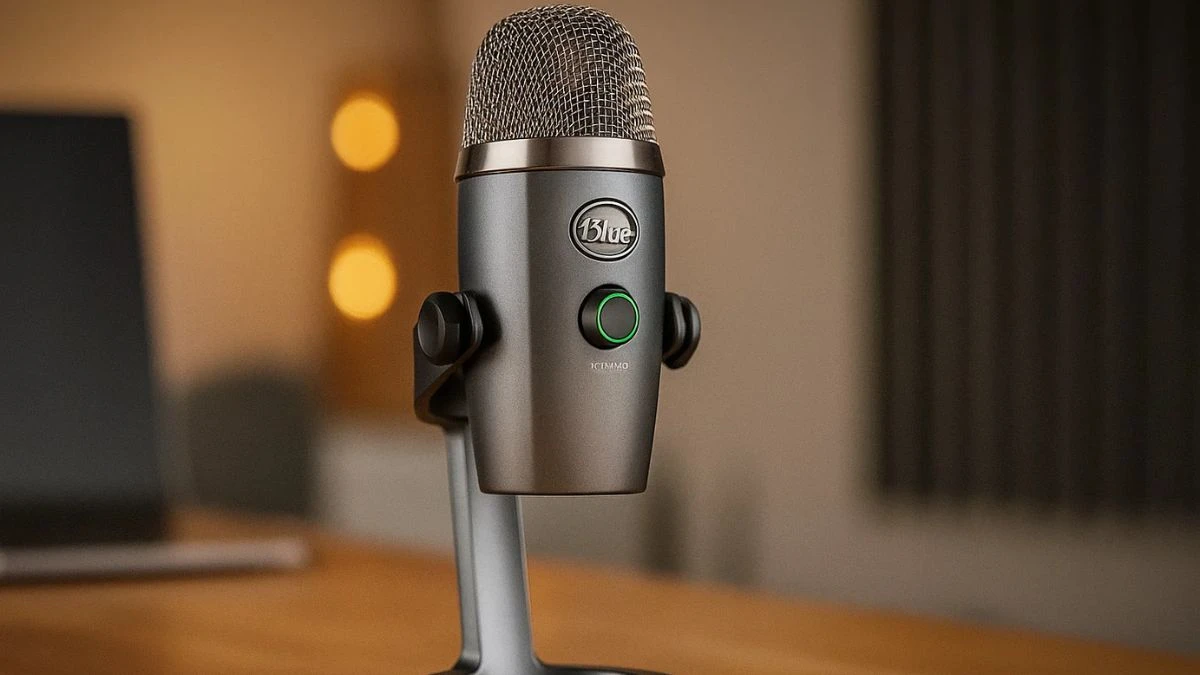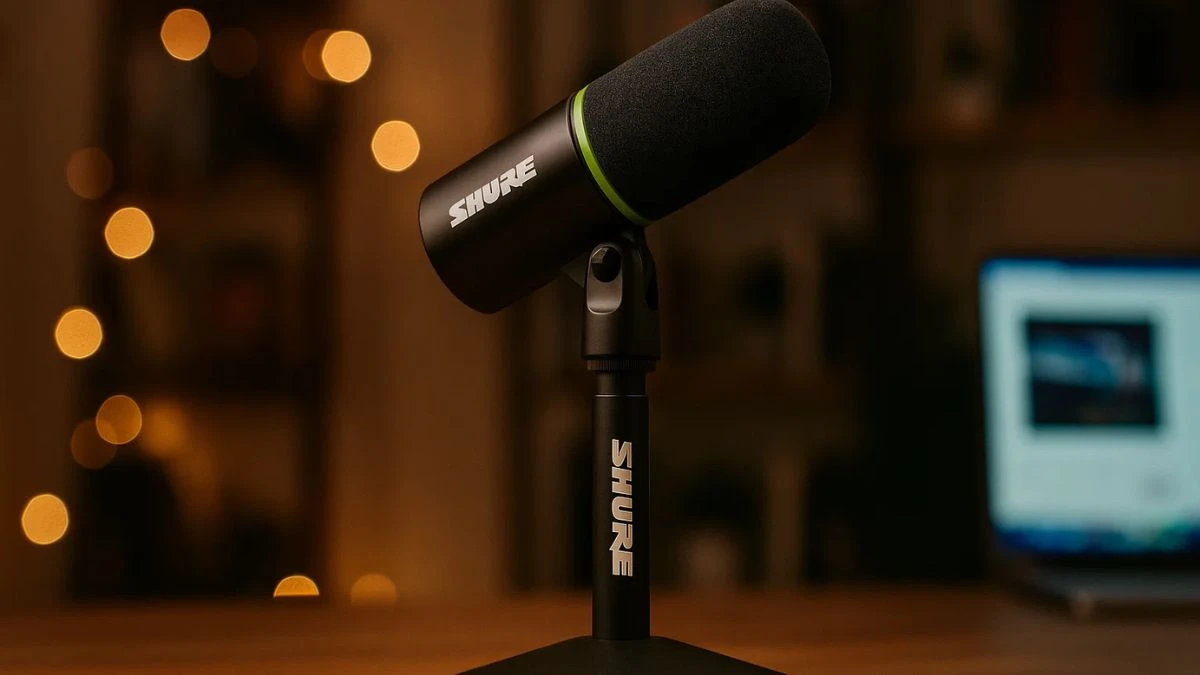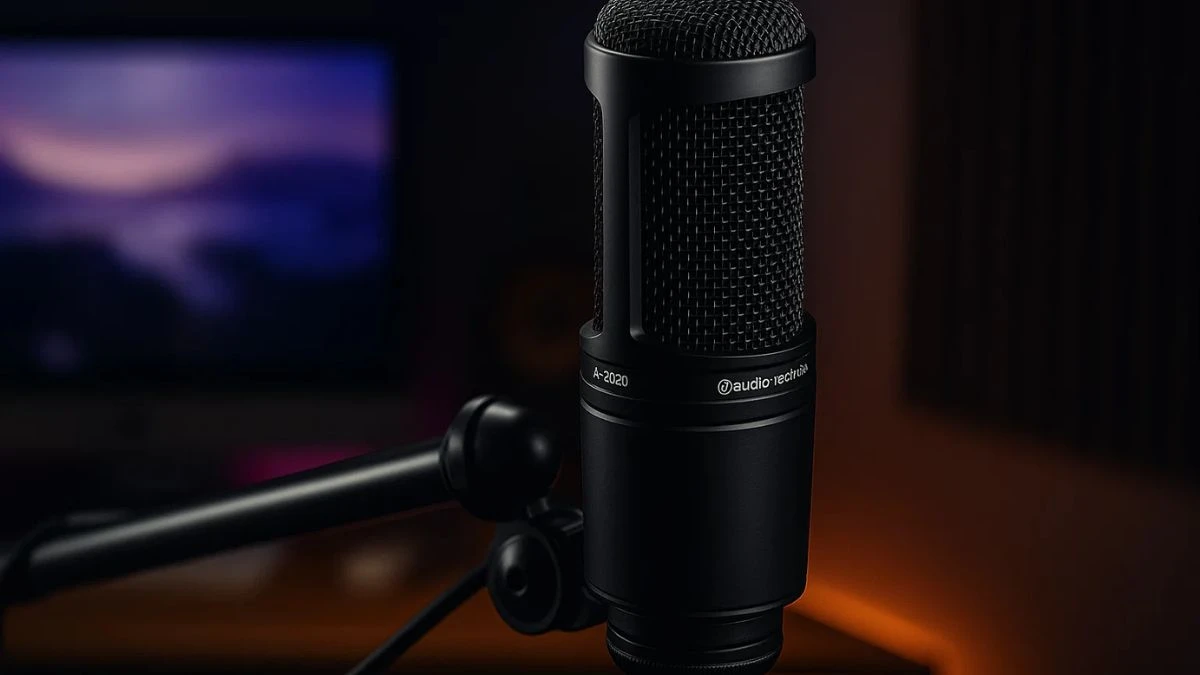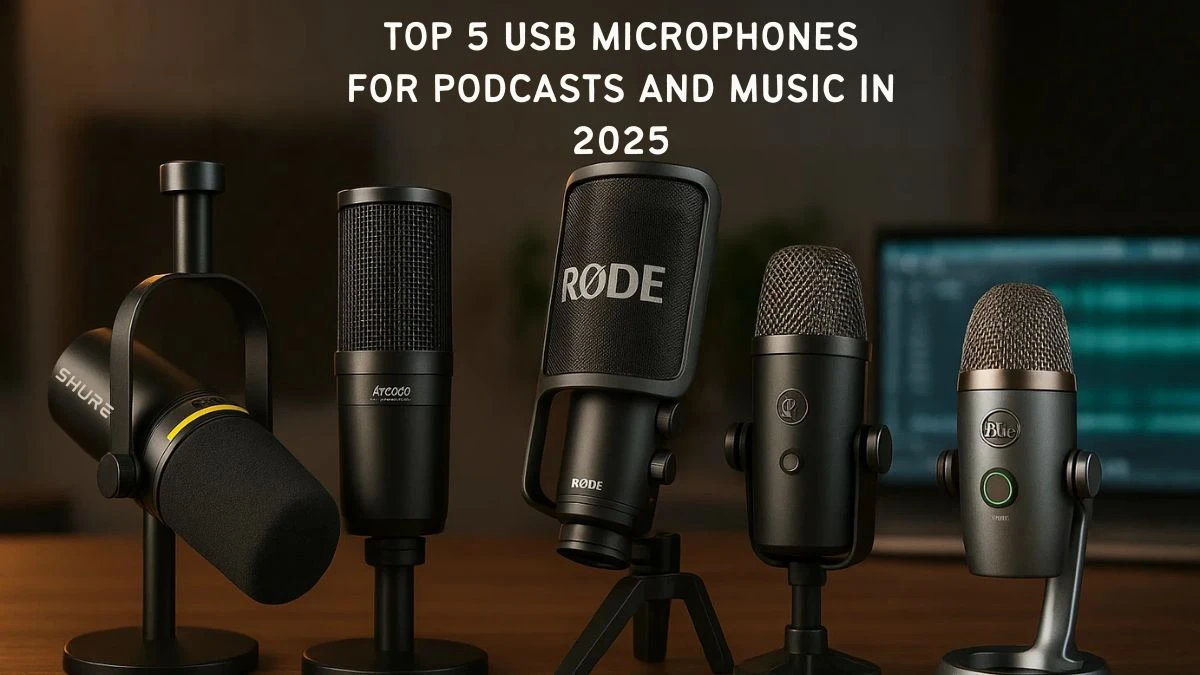Top 5 USB Microphones for Podcasts and Music in 2025: The Ultimate Guide
The world of podcasting and music production continues to evolve, and in 2025, creators demand microphones that deliver professional sound quality, versatility, and ease of use. Whether you’re a seasoned podcaster, a musician recording at home, or a content creator streaming live, the right USB microphone can transform your audio and elevate your content.
After extensive research, hands-on testing, and analysis of expert reviews, we present the definitive list of the best USB microphones for podcasts and music in 2025. Each pick balances sound quality, features, and value—ensuring there’s an option for every creator.
| Rank | Microphone |
|---|---|
| 5 | Logitech Blue Yeti Nano |
| 4 | Rode NT-USB |
| 3 | Shure MV6 |
| 2 | Audio-Technica AT2020USB+ |
| 1 | Shure MV7+ |
5. Logitech Blue Yeti Nano
Best Compact Mic for Multi-Purpose Use

The Blue Yeti Nano packs professional-grade sound into a compact, stylish frame. With cardioid and omnidirectional patterns, it adapts to solo or group recordings. The 24-bit/48kHz recording quality, zero-latency headphone output, and Blue VO!CE effects make it ideal for podcasts, music, and streaming—even in small spaces.
Key Features:
-
Dual condenser capsules (cardioid/omni)
-
24-bit/48kHz recording
-
Zero-latency headphone monitoring
-
Blue VO!CE vocal effects
-
Compact, durable design
Why It’s Great:
- For creators with limited space or those who need portability, the Yeti Nano delivers big sound and versatility in a small package
4. Rode NT-USB
Best for Plug-and-Play Simplicity

Rode’s NT-USB remains a staple for creators who want studio-quality sound without complex setup. Its condenser capsule captures rich, detailed audio, while the included pop filter and tripod stand make it ready to use out of the box. The zero-latency headphone monitoring ensures you always hear your true sound, making it perfect for podcasts, vocals, and even instruments.
Key Features:
-
Cardioid condenser capsule
-
Plug-and-play USB connectivity
-
Zero-latency headphone output
-
Includes pop filter and tripod stand
-
Compatible with PC, Mac, and mobile devices
Why It’s Great:
- The NT-USB’s ease of use, combined with its professional audio quality, makes it a go-to for beginners and experienced creators alike.
3. Shure MV6
Best for Streamers and On-the-Go Creators

The Shure MV6 is designed for creators who want high-quality audio with minimal fuss. Its dynamic capsule and cardioid pattern focus on your voice, while features like Auto Level Mode and a digital pop filter ensure consistent, polished sound. The MOTIV Mix app lets you customize tone and noise reduction, and the compact, durable design is ideal for travel or tight workspaces.
Key Features:
-
USB-C connectivity
-
Voice Isolation Technology
-
Auto Level Mode and Digital Popper Stopper
-
MOTIV Mix app for customization
-
24-bit/48kHz recording quality
Why It’s Great:
- The MV6’s plug-and-play simplicity, combined with advanced sound-shaping features, makes it a top pick for streamers, podcasters, and musicians who record in different locations.
2. Audio-Technica AT2020USB+
Best for Warm, Detailed Vocals

The Audio-Technica AT2020USB+ is a favorite among vocalists and podcasters for its clear, balanced tone and ability to capture every nuance. Its cardioid pattern reduces background noise, while the built-in headphone jack and mix control let you monitor and blend your audio in real time. The compact design and plug-and-play functionality make it an excellent choice for home studios and mobile setups.
Key Features:
-
Cardioid condenser capsule
-
Built-in headphone jack with volume control
-
Mix control for blending mic and playback audio
-
20Hz–20kHz frequency response
-
Plug-and-play with no drivers required
Why It’s Great:
- The AT2020USB+ delivers a warm, natural sound that flatters both spoken word and singing, making it a reliable all-rounder for creators who value vocal detail.
1. Shure MV7+
Best Overall for Versatility and Professional Sound

The Shure MV7+ stands out as the top USB microphone for creators who demand studio-quality audio and flexibility. Its hybrid connectivity (USB-C and XLR) means you can use it for plug-and-play recording or integrate it into a professional setup as your needs grow. The dynamic capsule and cardioid pattern provide excellent voice isolation, making it ideal for both podcasts and vocal music recording. Touch controls, a built-in pop filter, and automatic denoiser enhance the user experience, while the sturdy build ensures longevity.
Key Features:
-
Hybrid USB-C/XLR connectivity
-
Touch controls and real-time denoising
-
24-bit/48kHz recording quality
-
Exceptional sound isolation
-
Compatible with desktop and mobile devices
Why It’s Great:
- The MV7+ offers unrivaled sound isolation and clarity, making it perfect for untreated rooms or noisy environments. Its versatility suits both beginners and professionals, and the included software provides further customization for any recording scenario.
How to Choose the Best USB Microphone for Podcasts and Music
When selecting a USB microphone, consider the following factors:
-
Sound Quality: Look for a mic with a wide frequency response and high bit depth/sample rate for clear, detailed recordings.
-
Connectivity: Hybrid mics (USB/XLR) offer future-proofing as your setup evolves.
-
Features: Built-in headphone monitoring, gain control, and software customization add flexibility.
-
Build Quality: A sturdy, durable microphone withstands frequent use and travel.
-
Portability: Compact designs are ideal for creators on the move.
Frequently Asked Questions (FAQ)
Can USB microphones match XLR mics in sound quality?
Modern USB microphones like the Shure MV7+ and Audio-Technica AT2020USB+ deliver sound quality that rivals many XLR mics, especially for podcasts and home music production. Hybrid models even let you upgrade to XLR setups later.
Are USB mics good for recording music as well as podcasts?
Yes, many USB microphones offer studio-grade sound and are suitable for vocals, instruments, and spoken word. Models like the AT2020USB+ and Rode NT-USB are popular among musicians for their warmth and clarity.
What is the advantage of zero-latency monitoring?
Zero-latency monitoring allows you to hear your voice in real-time without delay, making it easier to adjust your performance and avoid timing issues during recording.
Do I need any extra equipment with a USB microphone?
Most USB mics are plug-and-play and come with necessary accessories like stands and cables. For advanced setups, you might add a pop filter, boom arm, or shock mount for improved sound and flexibility.






